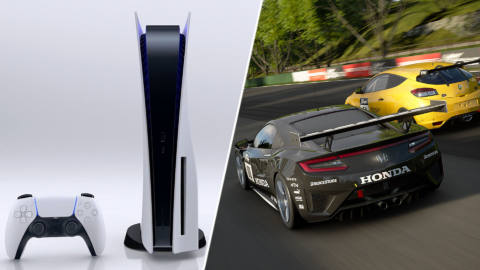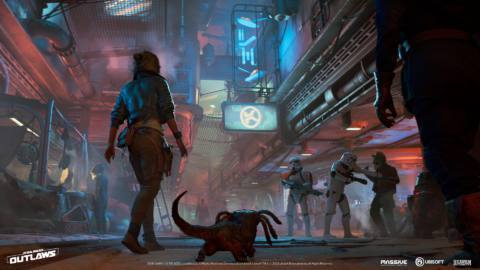
What always set Gran Turismo apart was the little details. We all went and bought it because it was the real driving simulator, and it backed that statement up with licensed cars and realistic stopping distances. But what made us stick around and play it obsessively thereafter was that it was so fastidious about car culture. It gave us incredibly faithful models of really normal cars you might see in a Morrisson’s car park, like a Toyota Yaris or a Nissan Micra, and there was a thrill to tuning one up and watching it smoke a Mitsubishi FTO.
It trusted us to know about 2-way LSDs, and it correctly assumed we’d be as fascinated with rare Japanese vintage models, oil changes, and car washes as its creators obviously were. Above all, that tradition for going the extra mile in the name of vehicular obsession is why we’re all watching Gran Turismo 7 so keenly.
For its part, Polyphony Digital seems to have recognised exactly why its franchise is so beloved and doubled down on those meticulous, infectiously obsessive details this time. Maybe it took a dramatic departure like GT Sport for the studio to realise how much players loved car ownership and trawling used car dealers for rarities. In any event, GT7 feels much more like the sprawling, detail-filled GT5 and its PS2 forebear GT4 than its immediate predecessor.






